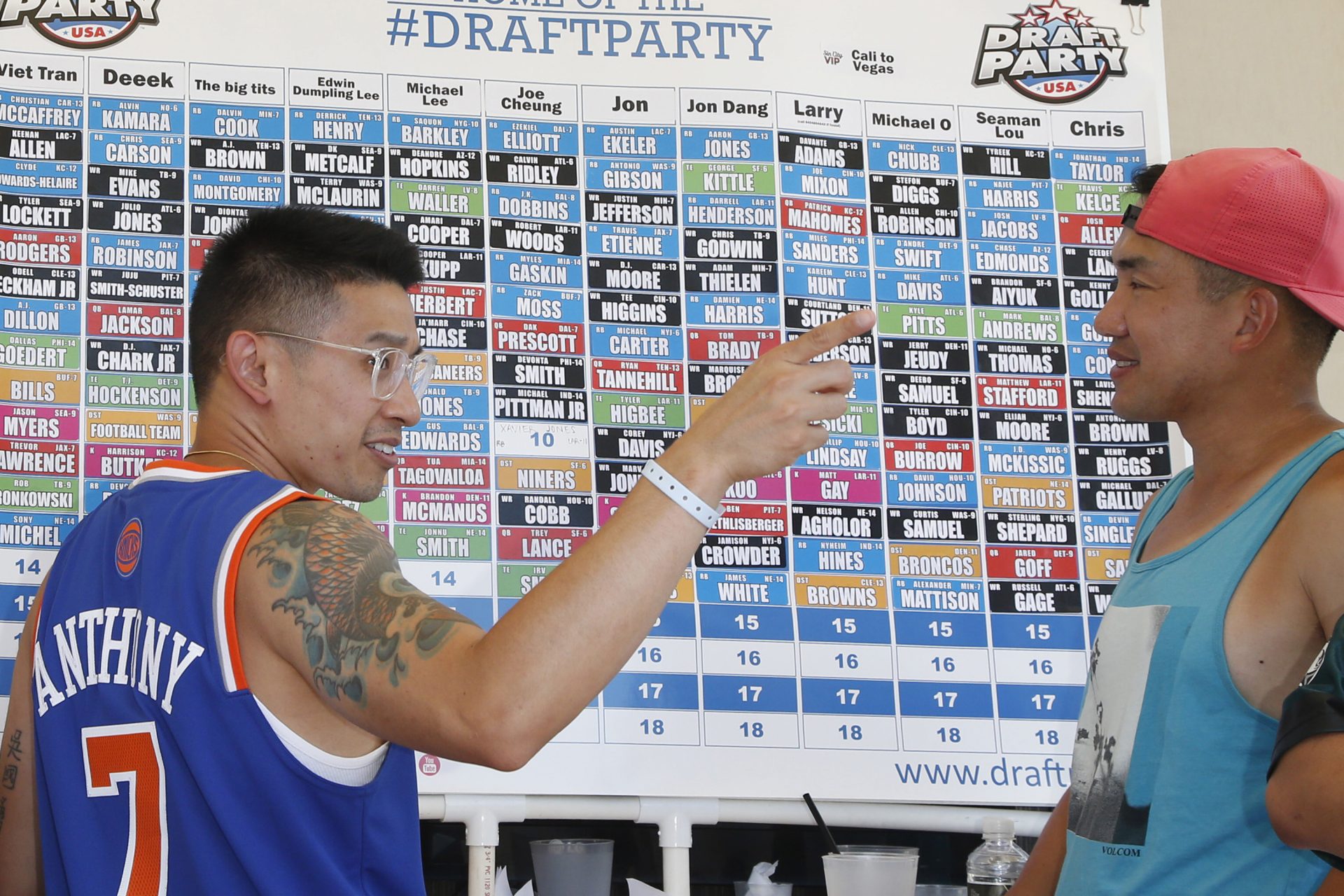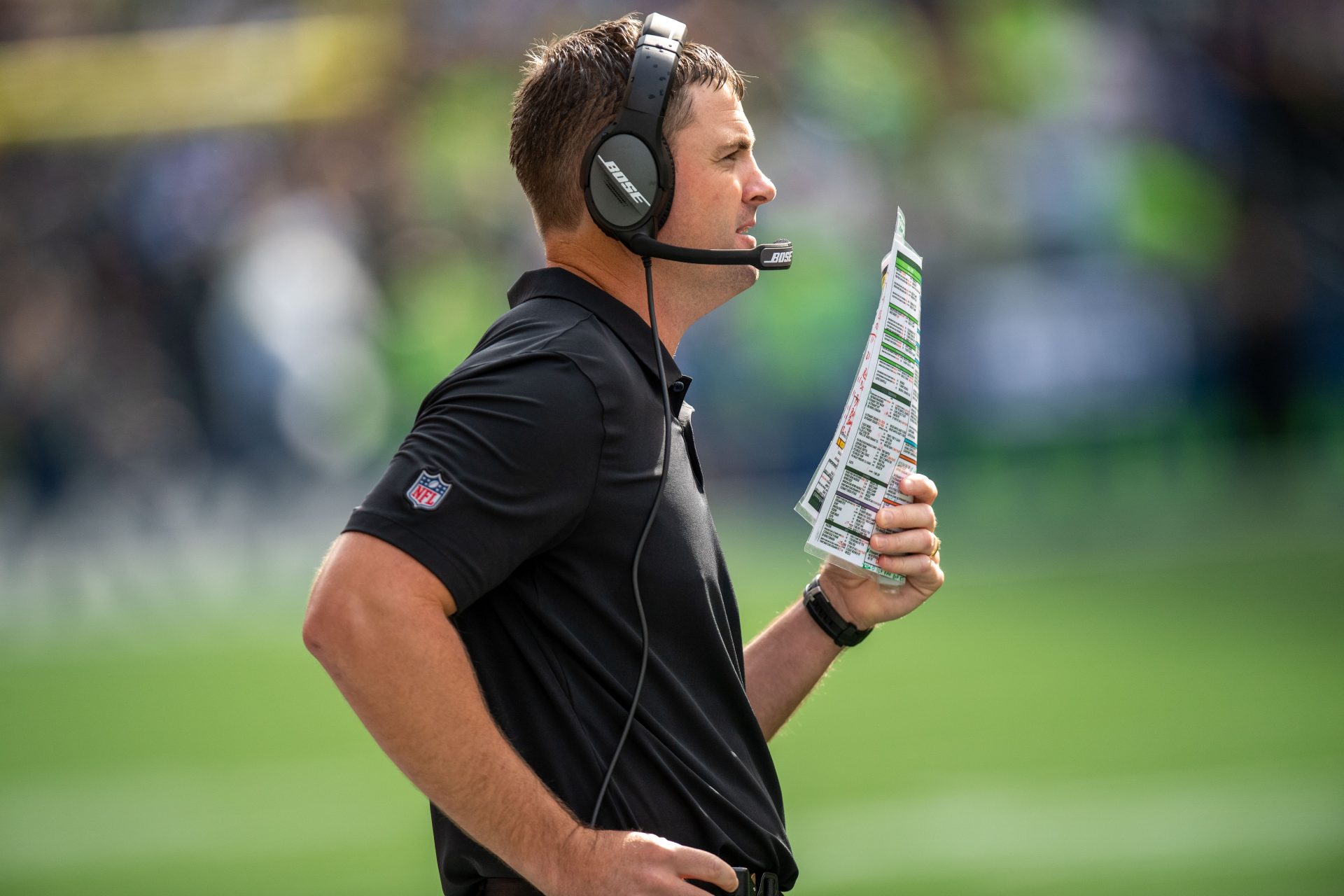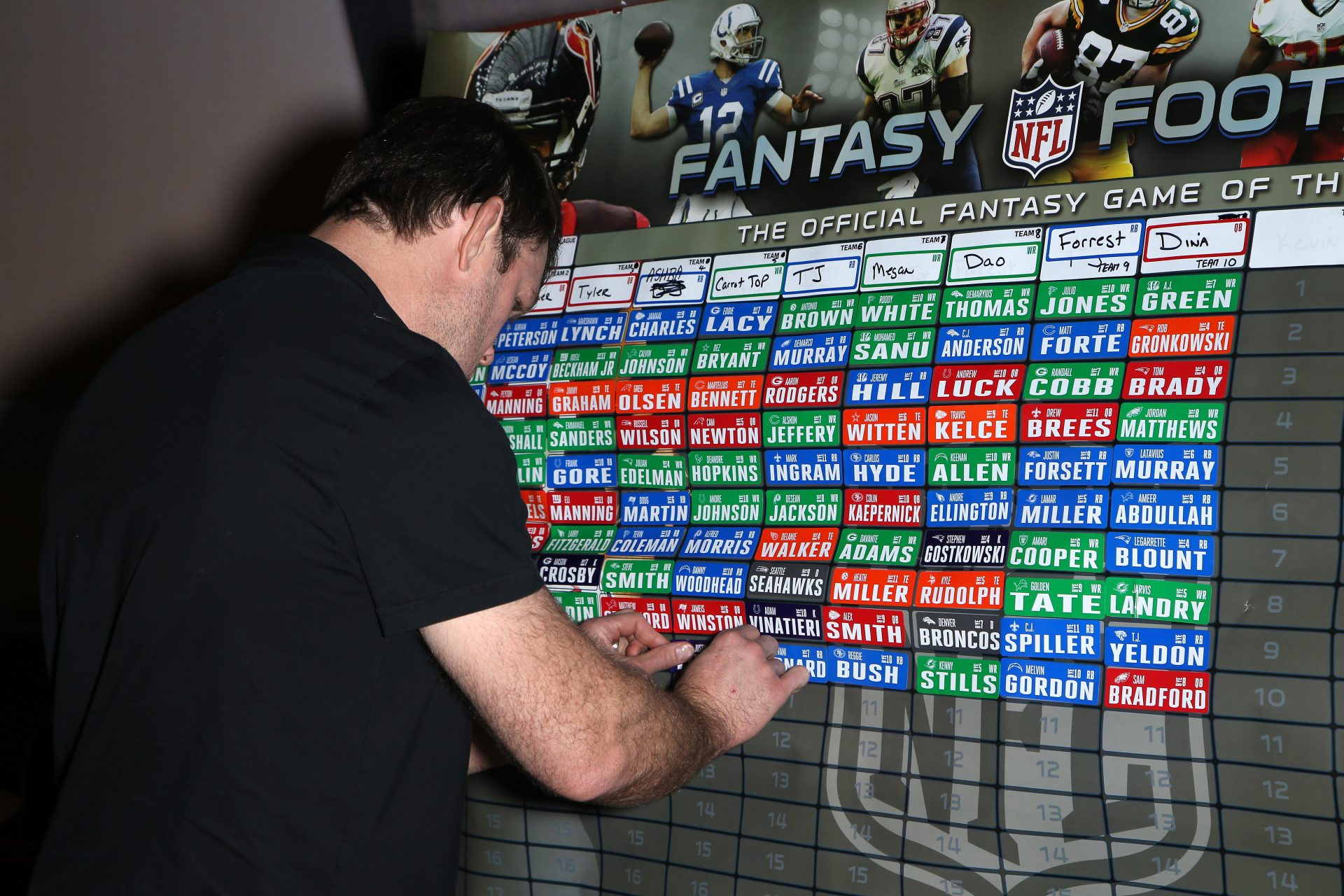Auction vs Snake? Which Fantasy Football Draft format is the best option?
Fantasy football draft planning is taking over the lives of enthusiasts all over the world right now. Looking forward to a new season of competing against friends, family and colleagues is exciting, but settling on a draft format for your league can be a tough call to make. We’ll look at the advantages and disadvantages of an auction setup versus a snake-style draft.
An auction draft is basically what it sounds like. Every fantasy owner gets an equal amount of fake money to bid on NFL players that they want on their fantasy team. Individual players are nominated, and owners will need to determine which amounts to post for them, and how high they are willing to go.
A snake draft unfolds much more like the way a traditional sports draft would. Each fantasy football team is given a draft slot, and when their turn comes up, the owner will take a player who has not yet been selected. In most cases, draft order is determined randomly by picking names out of a hat, or letting the fantasy football platform pick on a league’s behalf.
In theory, auction drafts allow an owner to be involved in the bidding for players they are interested in. Since anyone can jump in and bid, there’s a more defined path to building out a roster that an owner may want. In other formats, certain players may not ever be available to certain owners if they aren’t in a particular draft slot.
Since fantasy football owners have to wait their turn in a snake format, they are at the mercy of how the board falls to them. There’s no use anguishing over a player who was selected three spots ahead. Be prepared to observe how draft picks are being used and understand which players might still be available when it’s your turn to pick.
Just like in real life auctions, people can have their true colors show in the bidding process. Some owners might want to throw their money around to hike up the price of certain players, while others are content to watch and save their capital for later. It can also be tempting to stick it to another owner who outbid you by one dollar on a player you really wanted.
Once you know which pick you end up with, snake drafters can start to forecast how their team might look in the first few rounds. For example, if someone ends up with picks 10-12, they know that they won’t be able to select Justin Jefferson or Christian McCaffery, who are slated to go earlier. However, they can plan to take other talents like Travis Kelce or Nick Chubb.
Auction drafts tend to take several hours due to the nature of the format. There isn’t a set time that a player is up for nomination—the clock resets each time a new high bid has been made. As a result, there’s a lot of waiting that can go on, especially if bidders wait until the last possible second to increase a player’s price.
If you and your league mates are pressed for time, a snake draft is a better way to go. Each fantasy football owner has a certain amount of time to select a player, and if they don’t, a player is automatically selected for them. Additionally, most owners don’t use the full amount of time allotted per pick, which also helps move things along.
In recent years, it seems like the support for auction has surpassed those who prefer snake formats. This is understandable due to the involvement of the entire league on every pick that happens in auction drafts. However, snake drafts are also perfectly fine for those who like a more traditional method of roster construction.
More for you
Top Stories























